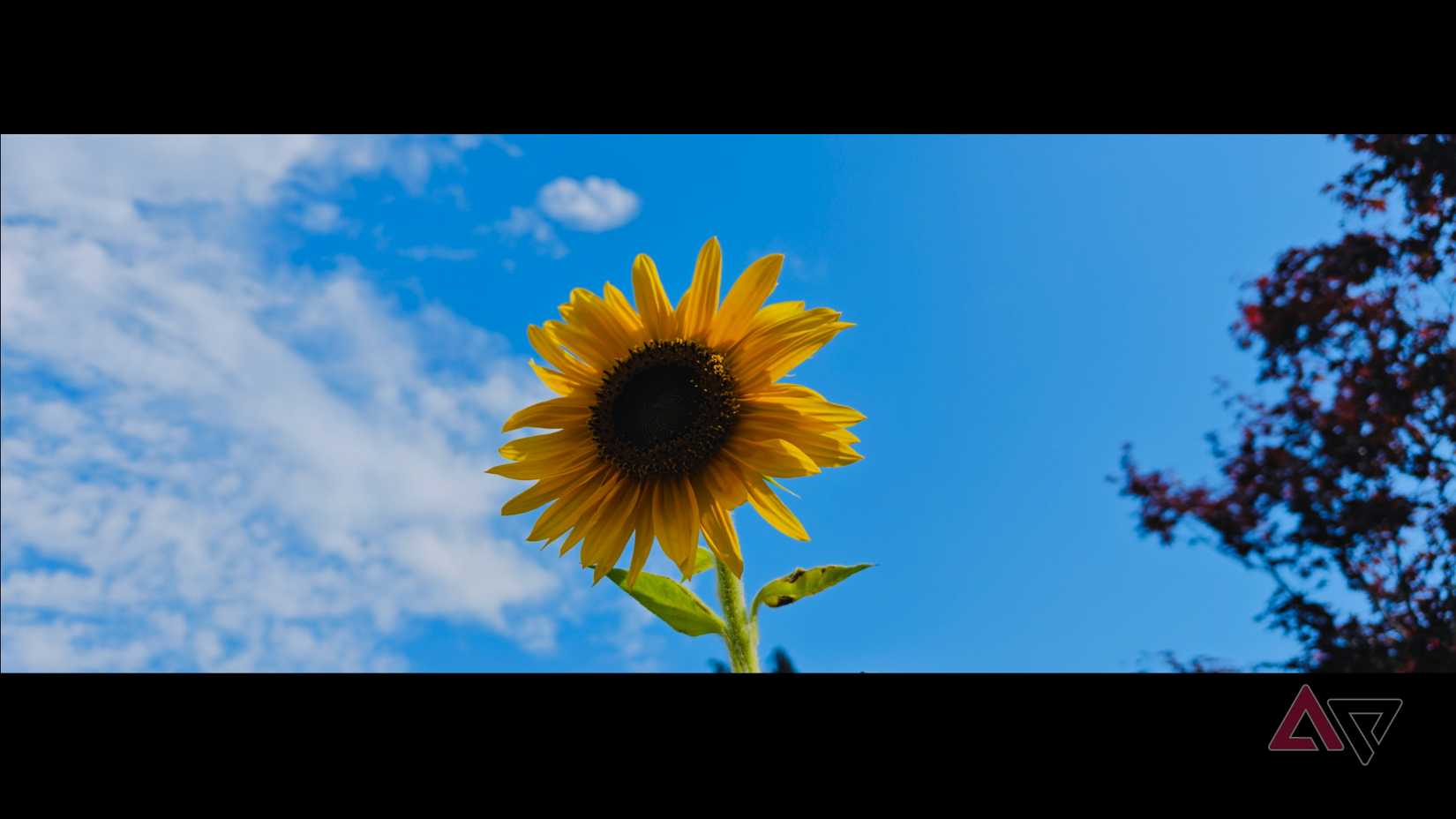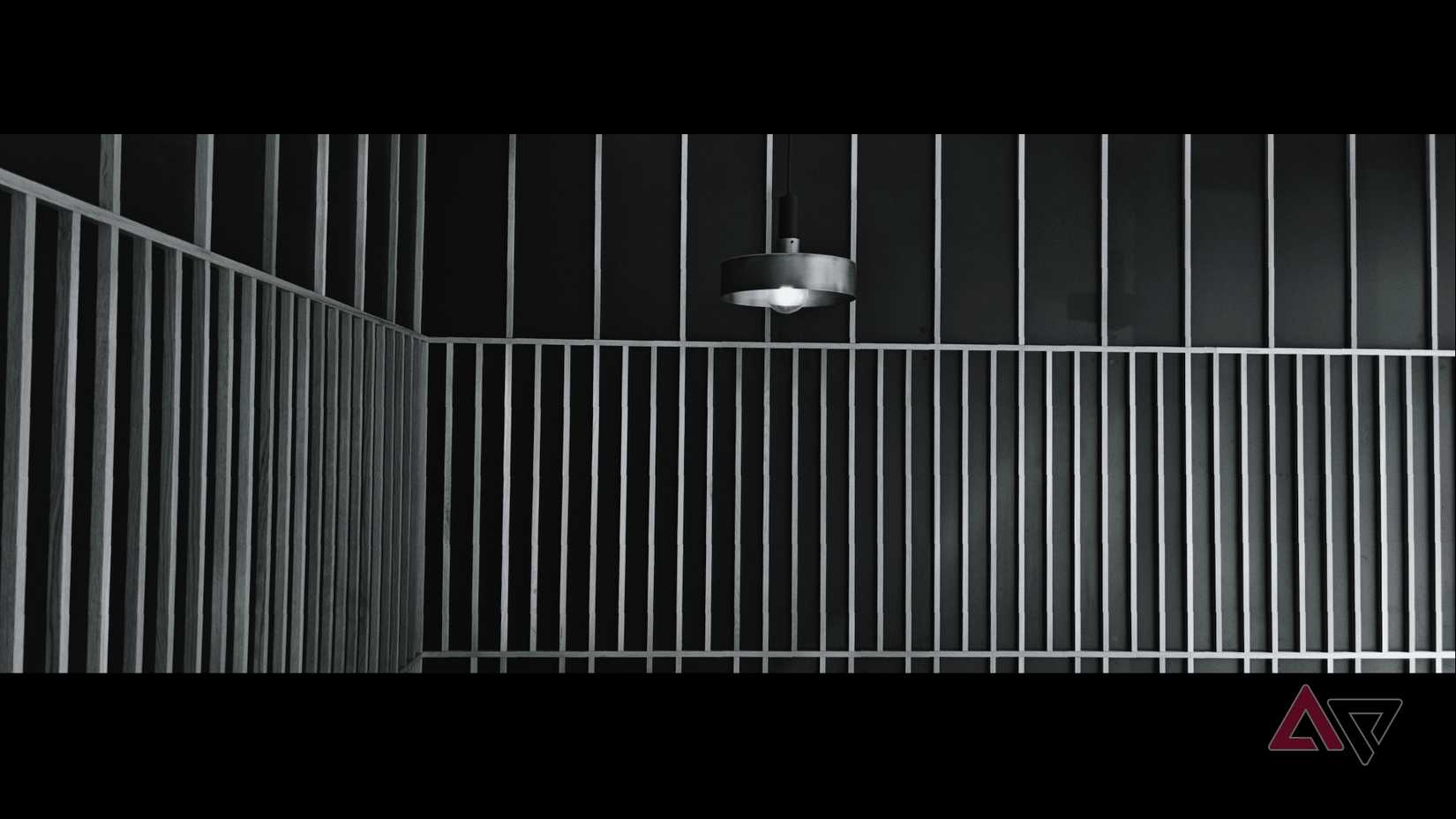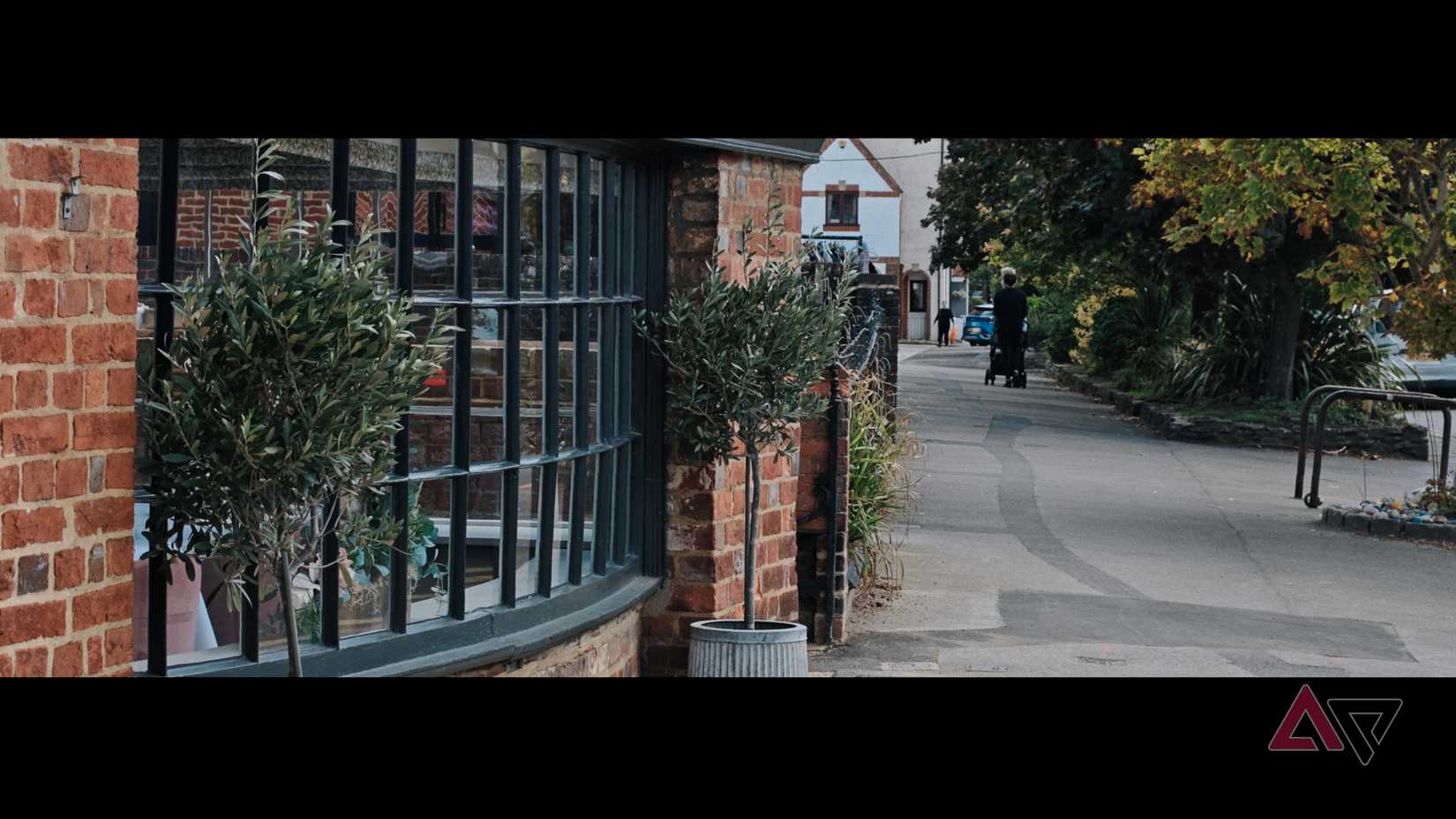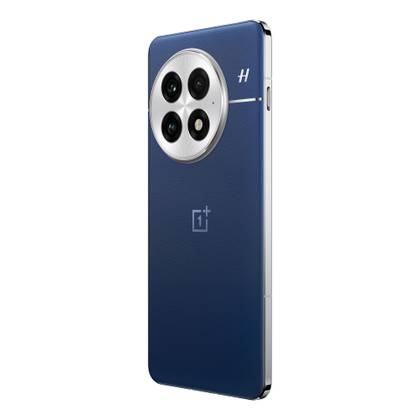OnePlus has parted ways with Hasselblad, legendary camera maker and accomplice to the brand for several years, where it worked on all OnePlus flagship phones from the OnePlus 9 to the OnePlus 13.
While the partnership hasn’t always been a roaring success, there’s one particular feature I’m really going to miss on future OnePlus phones. It’s the often misunderstood, probably underutilized, and really quite strange Xpan mode.
Here’s why I think you should make a point of trying it out before it’s gone from future OnePlus phones.
Xpan doesn’t make sense
But it somehow works
It doesn’t get more niche than an Xpan camera. Released in 1998, the Hasselblad Xpan and Fujifilm TX-1 (which was only released in Japan) shot 65:24 ratio photos, which is best thought of as two 35mm frames placed side-by-side, or as a 35mm panoramic camera.
To call the photos cinematic simplifies what it’s truly capable of in the right hands.
On paper, described like this, it’s not something that lends itself to a smartphone, where cameras are often used for fun social media shots, family memories, or capturing moments on vacation.
A mode that forces you to adapt to shooting in a new aspect ratio, and for the results to be almost impossible to easily share in all their glory, doesn’t sound like an instant winner.
Yet, provided you take your time and experiment, Xpan mode is far more interesting than a normal wide-angle photo, and you’ll quickly find it focuses creative attention on the world around you in an entirely new way.
If you’ve never used Xpan mode, you may think I’m exaggerating, so let me explain.
Letterbox photography
Think wider than widescreen
Shooting in Xpan mode is wider-than-wide angle. Think about the many incredible, extreme wide shots in Lawrence of Arabia, and you’re on the right track.
But it’s not all about capturing vistas, though, and is equally as useful when removing distractions from the top and bottom of the frame.
You can compose shots that wouldn’t normally be possible without cropping and editing, and after you get the hang of composition, far less forethought is required about where you want to place the subject of your photo.
Why? Shooting with Xpan usually makes it obvious where the subject needs to go, simply because there are so few opportunities.
I love how you can experiment with lines, how you can easily use the foreground to frame the subject, and how well minimalist shots work in Xpan mode.
There’s a single in-viewfinder button to switch between color and black and white, too, plus a slider to adjust the exposure in real-time, allowing you to create moody, atmospheric shots.
Xpan is creative and exciting in a way that a simple telephoto or a wide-angle camera mode isn’t, and after you “get it” you will quickly begin to see opportunities to use it all around you.
However, while I say all these things now, for a while I didn’t “get” Xpan mode at all, and it’s why I’m emphasizing the need for you to try it, even if you’ve given it a go in the past.
You’ve got to put in the time
Not for everyday
If you activate Xpan mode and try to take the same photos you’d normally take with the main camera, you’ll either be very disappointed or think it’s nothing more than a gimmick.
You simply can’t take “regular” photos with it. They just look weird. A quick five-minute try of Xpan, thinking it’s nothing more than a fancy filter, will likely leave you cold and unlikely to revisit it.
That’s certainly how I remember experiencing Xpan for the first time. I took photos, but they never looked right, and after being disillusioned with it during those early times, I rarely bothered with Xpan.
I passed it off as a dubious piece of added value from a partnership that was, at the time, struggling to stand out against the might of Huawei and Leica.
What turned things around? Seeing some of the incredible photos taken with a real Xpan camera prompted me to give it another try, and they were amazing sources of inspiration.
I could see how professionals used the format and understand what kind of photos worked.
I’d been using it wrong, and not thinking in Xpan. When it clicked, I began to have fun with it. From cinematic-style shots to abstract, street, and even portrait photography, Xpan returns a look like few other camera modes.
I’ll miss it when it’s gone
Will it turn up elsewhere?
Without Hasselblad onboard, Xpan is highly unlikely to be part of OnePlus’s DetailMax Engine camera system, which will arrive on the OnePlus 14/15 soon.
Although I would never use Xpan every day, it has always been a highlight of the OnePlus’s camera app, and I’ve made a point to encourage other people to give it a try. Which is exactly what I’m doing here.
The Xpan mode won’t disappear from existing OnePlus and Hasselblad smartphones, and I suppose I could splash out on a real Xpan camera should I really miss it (and win the lottery), but it won’t be a feature of new phones anymore, and that’s a shame. Or won’t it?
There is another way, but it’s not so easy. Oppo and Hasselblad are still partners, and the Xpan mode lives on inside Oppo phones including the Find X8 Pro and the Find N5 folding phone.
There’s no reason to think it won’t continue to feature either. The only problem is, Oppo doesn’t sell its smartphones in the US, and many of its devices seem to get only a limited global release, such as the Find N5.
It means Xpan mode on a smartphone does live on, but fewer people will be able to discover and enjoy it. It took me years to really understand Xpan, so I’m sad it won’t be a feature I’ll be able to readily recommend to everyone in the future.
Your comment has not been saved
- SoC
-
Qualcomm Snapdragon 8 Elite
- Display type
-
OLED, 120Hz
- Display dimensions
-
6.82″, 19.8:9
- Display resolution
-
3168 x 1440
- RAM
-
12GB or 16GB
- Storage
-
256GB, 512GB, or 1TB











